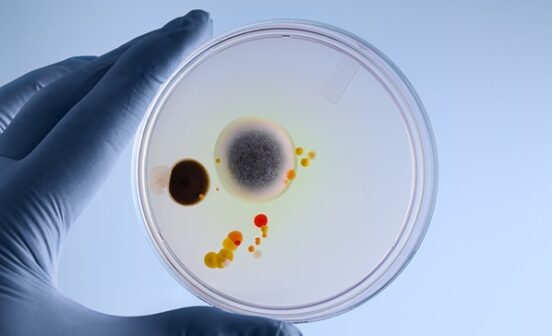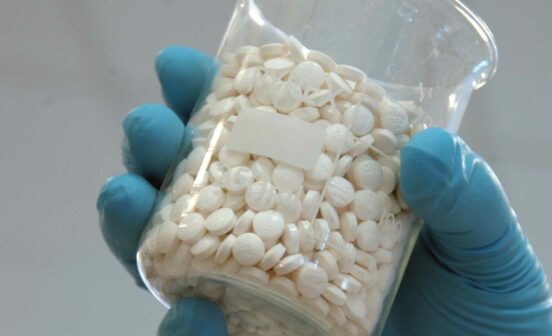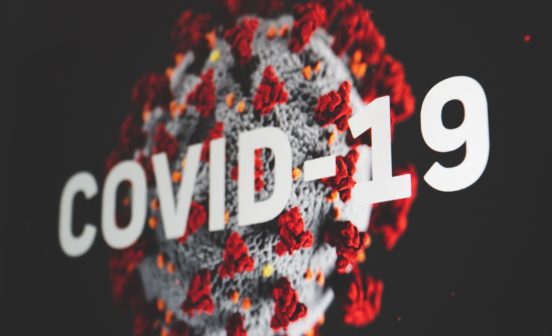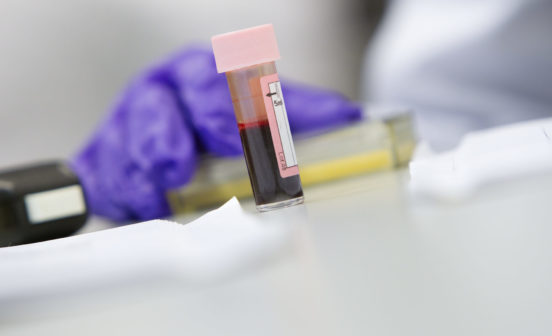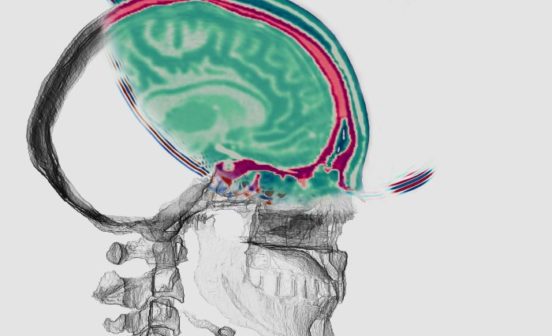First in HumanInnovationPrevention The Imperial lab developing a COVID-19 vaccine
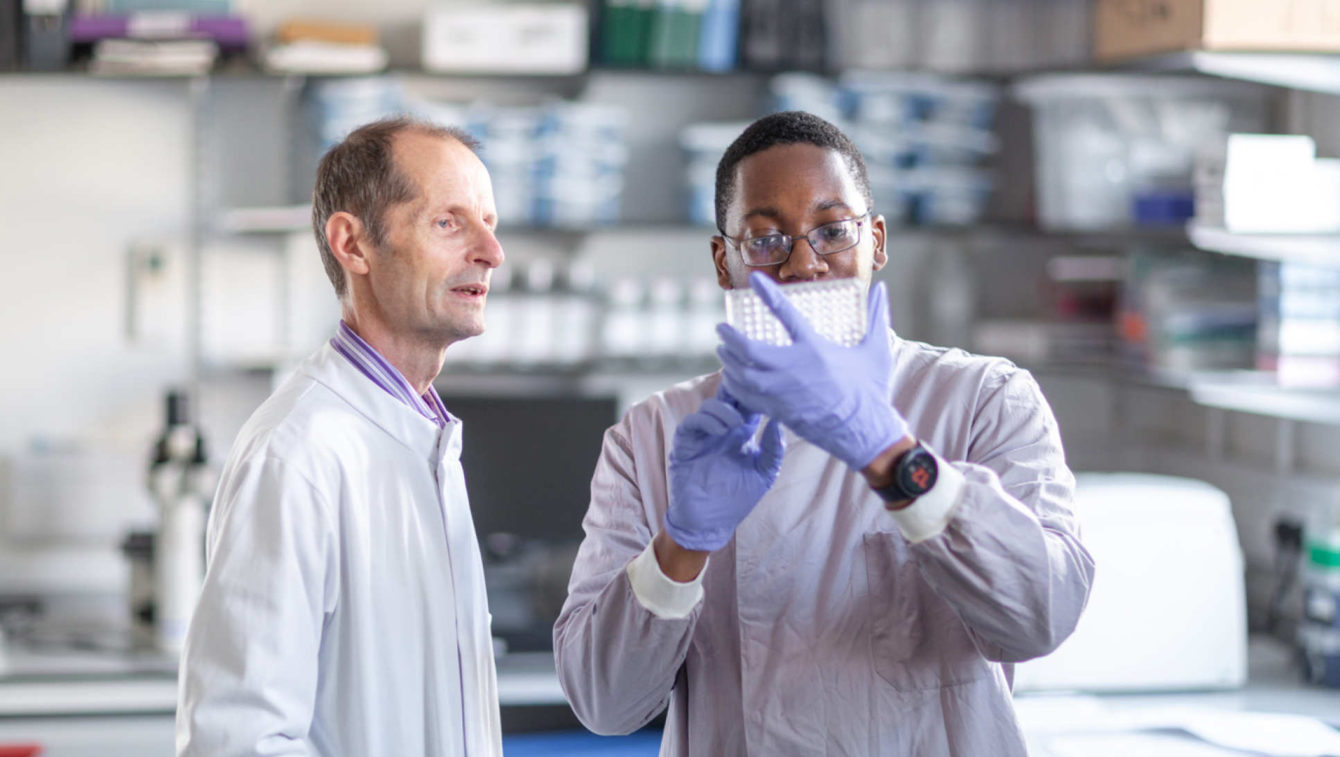
Professor Robin Shattock and his team in Imperial College London’s Department of Infectious Disease developed a candidate vaccine within 14 days of getting the sequence from China.
The self-amplifying RNA vaccine works by effectively injecting new genetic code into a muscle, instructing it to make a protein found on the surface of coronavirus, which triggers a protective immune response.
“If all goes well it could be available sometime next year,” Professor Robin Shattock told Channel 4 News.
Professor Robin Shattock told The Telegraph: “We have the kind of technology to be able to generate a vaccine with a speed that’s never been realised before. Most vaccines are five years in the discovery phase, and at least one or two years to manufacture and get into trials.”
“We may not be the first, but it only requires one group to get there. We’re only one party and at some point we might say: ‘Somebody else is ahead, we should stop working’. While we want to go the whole way, we’re also prepared to stand down,” he added. The Imperial team is one of several research groups around the world currently working to create a viable vaccine.
According to Professor Shattock, the difference between this vaccine effort and that of previous outbreaks, such as the SARS outbreak in 2002, is that a vaccine could potentially be produced much faster than conventional methods.
Their work comes as other Imperial researchers, led by J-IDEA Director Professor Neil Ferguson, warned that stringent social distancing measures may need to remain in place to curtail the spread of the virus until a vaccine becomes available.
This study is supported by NIHR Imperial BRC through the COVID-19 BRC Theme.
For full story by Thomas Angus and Joanna Wilson please click here.

